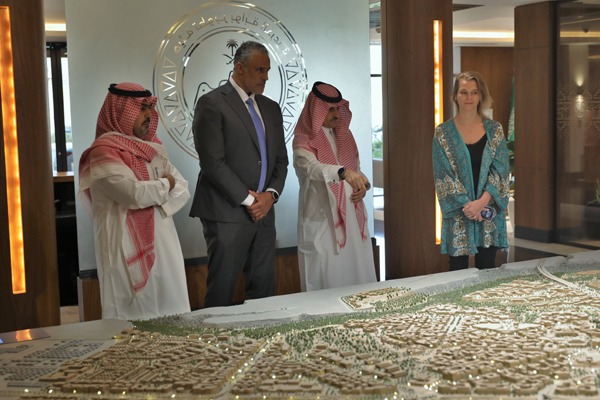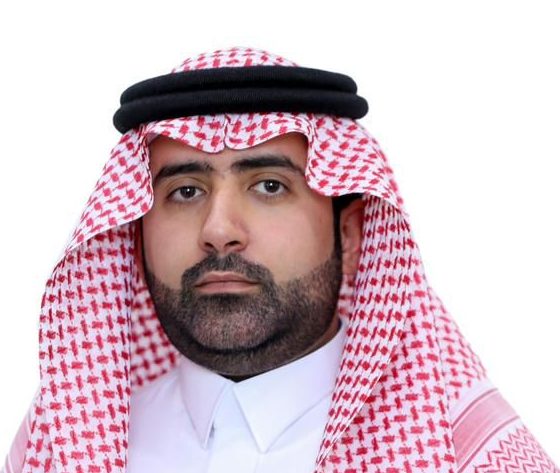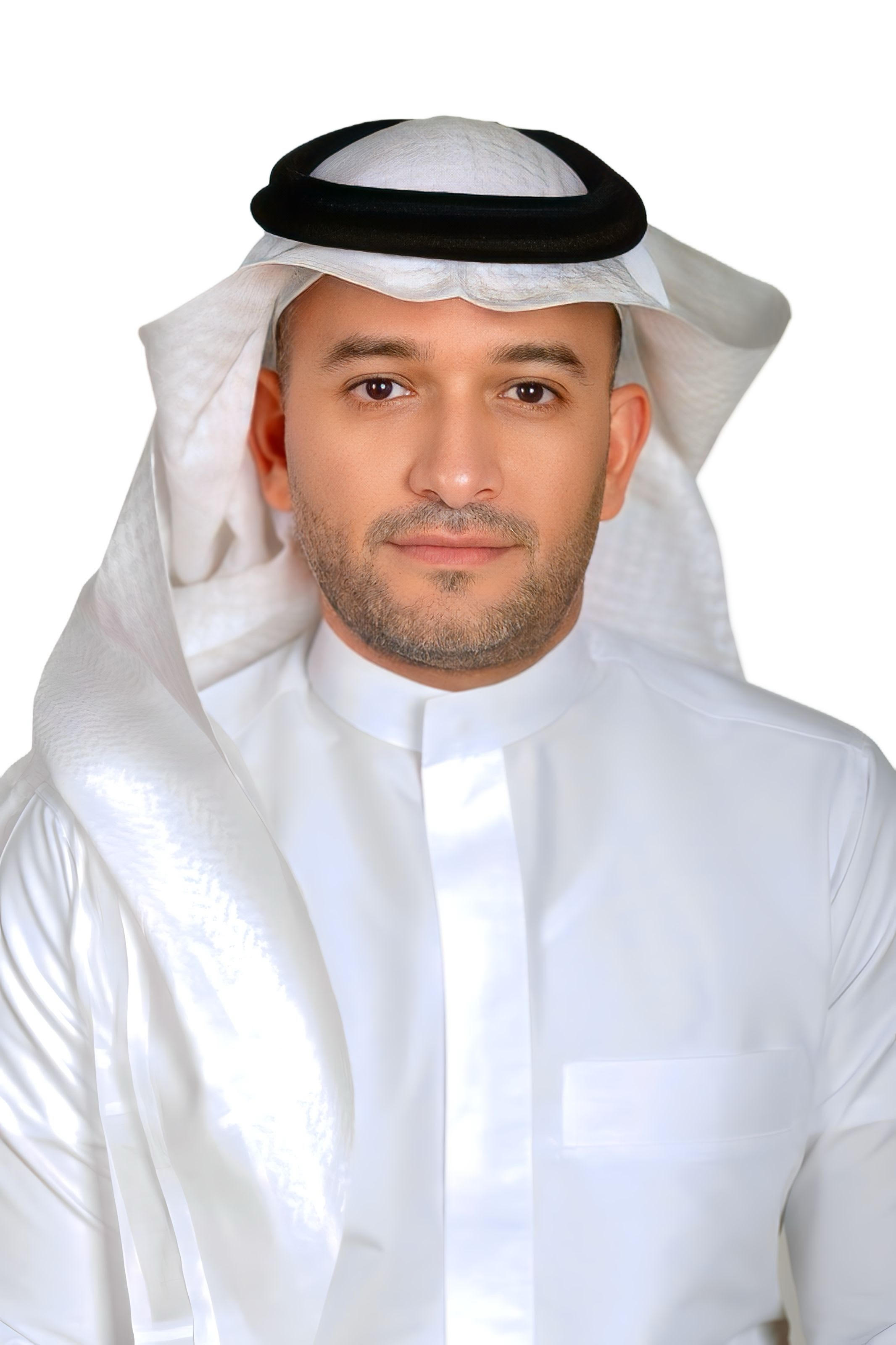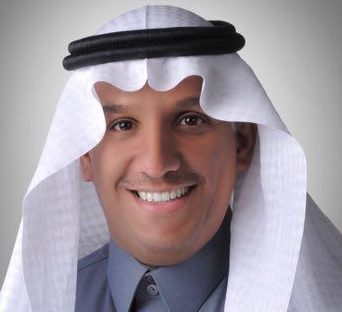© 2020 All rights reserved to Maaal Newspaper
Publisher: Maaal International Media Company
License: 465734
Partanna’s carbon-negative concrete to help transform Saudi Arabia’s Diriyah into a sustainable global tourism hub
Climate technology company Partanna has announced a partnership with the Diriyah Company. Both parties are actively exploring the use of Partanna’s carbon-negative building materials throughout the $63.2 billion Diriyah project, as part of a Collaboration Agreement signed recently in Riyadh.
Partanna, founded by award-winning architect Sam Marshall and former 3-time champion of the LA Lakers Rick Fox, has pioneered the world’s first carbon-negative concrete, which avoids emissions during its manufacturing process and naturally removes carbon. Through this collaboration, Partanna is seeking to support Diriyah Company’s vision of establishing Diriyah as a world-leading example of sustainability.
Three centuries ago, Diriyah served as the cultural and commercial crossroads of the Middle East. It was the birthplace of the First Saudi State and the original home of House Al Saud. Spanning 14 square kilometers, the project aims to transform Diriyah into a global tourism hub. With a strong commitment to sustainability, it is anticipated to attract more than 27 million tourists annually by 2030.
Partanna’s innovative building materials will help realize this vision. The firm plans to establish manufacturing facilities in Saudi Arabia, to serve the Diriyah project and others.
The company’s proprietary concrete formula, made from recycled ingredients, captures carbon dioxide, and permanently mineralizes it within the material using the power of chemistry. This technology has the potential to address the environmental impact of desalination by converting waste brine, generated by desalination plants, into a carbon-dioxide absorbing, non-toxic, usable material that supports marine life.
Currently, 70% of Saudi Arabia’s drinking water comes from desalination plants. If implemented on a large scale, Partanna’s technology could remove millions of units of CO2 daily, reduce the amount of brine that ends up in oceans and waterways, and provide increased freshwater support.
The Collaboration agreement establishes a framework for Partanna to supply carbon-removing concrete products and materials to Diriyah Company within the Kingdom of Saudi Arabia. It also sets the stage for negotiating commercial terms for Diriyah Company to purchase these innovative concrete products from Partanna. Furthermore, Diriyah will focus on sourcing most of its building materials within the Kingdom.
Diriyah is a flagship project of Saudi Arabia’s Vision 2030, a strategic framework aimed at reducing the country’s oil dependency, diversifying its economy, and developing public service sectors. This collaboration with Partanna demonstrates the Company’s commitment to sustainable development and innovation in the construction industry. The first phase of Diriyah’s masterplan has been awarded Platinum Level LEED for Cities Certification by the U.S. Green Building Council (USGBC). The accreditation in LEED marks the first time a project in the Middle East has received the accolade. Platinum certification is the highest level within the LEED framework and recognises Diriyah’s commitment to a smarter, more resilient, sustainable, and inclusive future
Jerry Inzerillo, Group CEO of Diriyah Company, commented:
“With sustainability at the heart of our vision, we are delighted to sign this collaboration agreement with Partanna. This partnership signifies a milestone for sustainable development and demonstrates Diriyah’s Company’s commitment to best practices at all levels.
Most importantly, partnering with Partanna will support Diriyah Company’s vision of establishing Diriyah, The City of Earth as a world-leading example of sustainability.”
Speaking on the announcement Partanna’s co-found Rick Fox said:
“This partnership marks a new era in sustainable construction. Our carbon-negative binder technology is poised to fundamentally transform the way the world builds and represents an environmentally restorative and cost-effective alternative to cement.
Since launching our business at COP27, we have sought to scale our business by partnering with organizations who are committed to less talk and more action on combatting climate change. The world needs solutions like ours and that’s why we’re delighted to have identified a partner in Diriyah that combines vision with decisive action.
The scale of the Kingdom’s ambition to create a positive impact and lasting change for its communities is unparalleled.
By transforming cities like Diriyah into powerful catalysts for combating climate change, we are redefining urban development and unlocking remarkable economic and environmental value.
Together we are proving that it’s possible to delink development from pollution. The world is watching, and our journey has just begun.”
About Diriyah:
As a prominent national symbol in the history of the Kingdom of Saudi Arabia, Diriyah has been associated with the first Saudi state and was founded in 1727 by Imam Muhammad bin Saud, who made Diriyah his initial power base, the first capital of government and a scientific and social center. Sitting at the heart of Diriyah, At-Turaif district was one of the prominent neighborhoods in Diriyah, encompassing Salwa Palace, the seat of government at that time, and the home of the royal family. In 2010, At-Turaif Historical District was inscribed as a World Heritage Site by UNESCO, for encompassing one of the largest mud brick districts in the world. In 2017, King Salman bin Abdulaziz issued a royal Decree for establishing Diriyah Gate Development Authority DGDA, and forming its board of directors headed by His Royal Highness, Crown Prince Mohammed bin Salman. The authority seeks to preserve the historical and architectural heritage of Diriyah, being the home of the imams of Al-Saud and the base of the First Saudi State. DGDA is also the regulatory and supervisory authority for the supervisory area of Diriyah Project, which extends over an area of 194 square kilometers. In 2022, Diriyah Company, which is one of the major projects of the Public Investment Fund PIF, was established to develop and execute Diriyah project, aiming to make Diriyah a global destination that reflects the authentic Saudi heritage, and will allow visitors the opportunity to discover the history of the Kingdom of Saudi Arabia within an ancient Najdi atmosphere. Diriyah Company also contributes to transforming Diriyah into one of the most important heritage, cultural and entertainment destinations in the world, as it works to achieve this in its capacity as the executive body of the Diriyah project. Diriyah includes a number of educational, cultural and artistic institutions. In addition to a selection of the world’s finest international hotels and resorts, together with major international shopping titles. And the most famous restaurants and cafes from around the world.
About Partanna:
Partanna is a climate technology company that supports industries to decarbonize, enhance profitability and generate carbon credits.
The business has pioneered the world’s first zero-emission material, which naturally removes carbon from the atmosphere. Through its application across various industries, Partanna’s technology generates top-performing carbon credits in a fast-growing global market.
About Partanna’s technology:
Partanna’s technology harnesses the power of chemistry to both prevent and remove CO₂ emissions.
Instead of using Portland cement, the company uses a special blend of natural and recycled ingredients.
The technology uses brine to activate a pozzolonic binder. This process creates chemical compounds that react with carbon dioxide in the air.
Partanna cures this mixture at normal room temperature, and avoids the energy-intensive clinkering process associated with traditional cement production.
As the CO₂ dissolves the mix, it helps create a novel type of binding agent that serves the same purpose as traditional cement.
These reactive compounds then continue to absorb CO₂ throughout our building materials’ lifecycle.
Related







